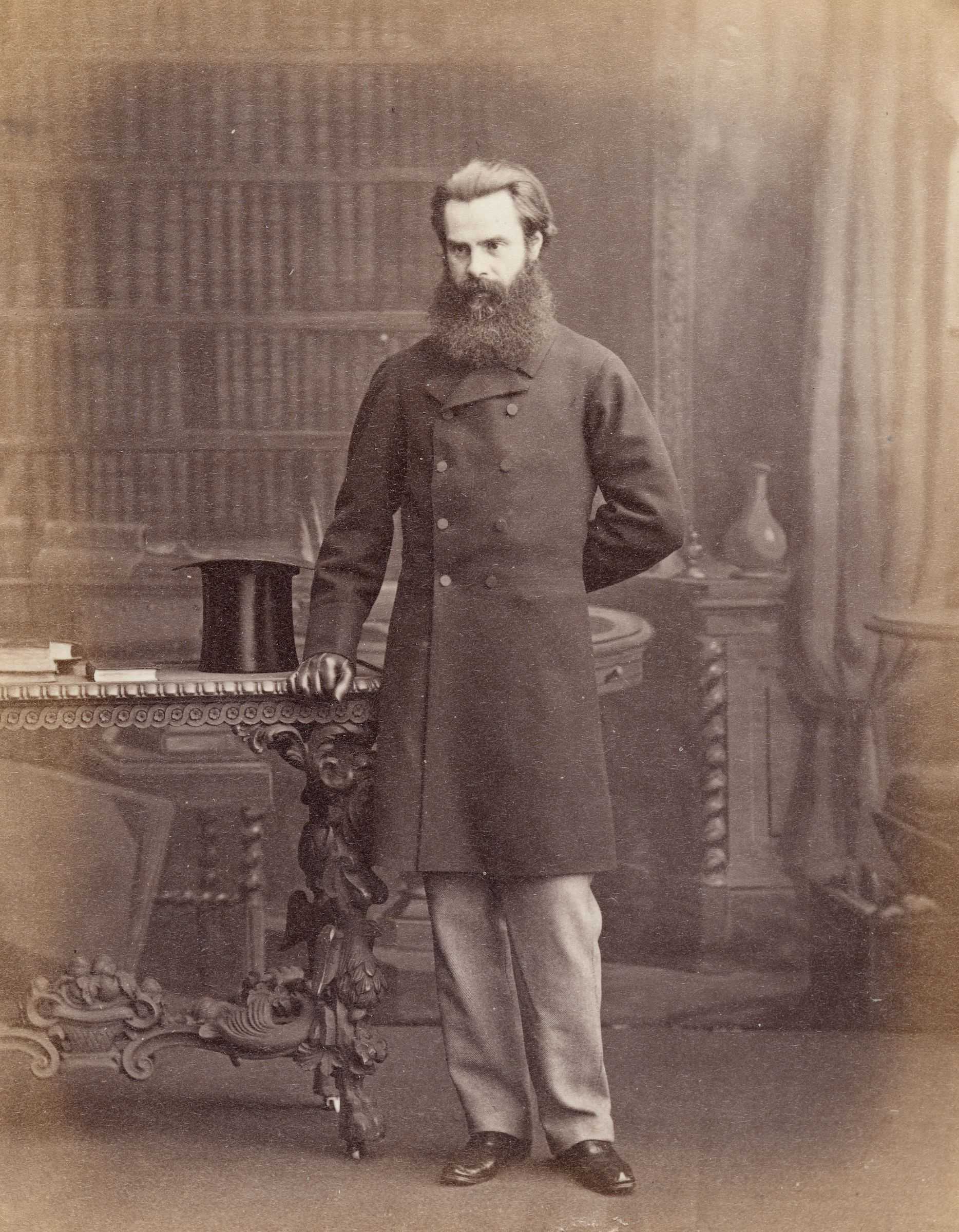This week, having three years ago set aside the draft of my edition of Thomas Woolner’s Australian Journals, I re-read the introduction. The value of setting something aside for long enough is that you return to it with fresh eyes, and (with luck) discover that it’s not bad. I still have some work to do drafting a handful of missing footnotes, and expanding the introduction here and there in the light of new discoveries. I generally make these at about half past five in the morning. However, the time has come to send it on its way because you could keep working on it indefinitely, and never be quite finished. It also needs to be given the once-over by some independent readers, who will no doubt decide one way or the other to recommend it for publication. I’m not too worried about this – except I do hope they choose someone who has at least a passing interest in (a) Australia, (b) gold, and (c) Thomas Woolner. My one regret is that I have never been able to solve the mystery of Enoch Arden, and I doubt if I ever shall.
Thomas Woolner was very particular about noting everything he read – either on the diggings, or aboard The Queen of the South on his return voyage. The range and scope of those books he obtained in Sydney and Melbourne between 1852 and 1854 is quite astonishing, and included the first volume of Ruskin’s Modern Painters. However, the only book he read but did not name is by far the most important. According to old but not entirely inaccurate gossip recorded in 1906 by George Moore, “On the voyage he [Woolner] read a pathetic story about a fisherman, which he afterwards related to [Alfred] Tennyson, who used it for the plot of Enoch Arden.” This is true, and confirmed by Woolner’s long entry for Saturday 26 August 1854, which reads:
I read yesterday a beautiful tale in verse of a poor sailor who loved a girl and married her [my italics]. He had been in the coasting trade and lived comfortably till two children were born to him, when he felt the need of more profits for his labor and engaged in a ship bound for a distant part of the world. The ship was wrecked and he thrown on a desert island. His wife waited anxiously his return, till her slender means vanished and then had to sell all her goods. She then went away from all she knew and in secret worked to support her children, which at last brought them to utter misery and near starvation, her strength being insufficient. Just at this time a man who had loved her before her marriage discovered her and took the children to support, and aided her in many ways also. At last a sailor appeared who assured the poor woman by certain signs that her husband was really drowned. Hitherto she lived in hope of his return but now all was over. Her kind friend in due time asked her to become his wife. At last in gratitude she consented. They had been wedded many years when one bleak winter night the true husband came back. He went to the house and stood outside, and between the curtains saw his wife and her husband, his own son and daughter – now grown to a lovely girl – sitting happily round the fire. His wife was kissing a baby sleeping on her breast – what a heaven of happiness in that warm room! What a hell of wretchedness within himself! The man would not mar that joy by discovering himself, and he felt he returned ‘Too late,’ so went his way. Many years after this a villager going to church noticed an old man apparently sleeping on the grave of the woman, which was beside her husband’s – they had both been long dead – and going to wake found him dead. They discovered a lock of hair in his poor old wrinkled hand, and one old villager, to whom he had confided his secret, recognized him and related what he knew. He said when the man returned and saw their comfort he was resolved to leave his country again saying ‘There is no place here for me.’―――
Somewhat mysteriously this whole passage was without explanation placed between square brackets in Amy Woolner’s 1917 edition. Later, at the head of Chapter XI she remarked: “Woolner wrote out for his friend Tennyson the story of ‘The Fisherman’…which he had read himself on board ship returning from Australia: a note in his diary on November 11, 1861, states: ‘Took Tennyson the Fisherman story.’ This tale was made by the Poet into the beautiful poem of ‘Enoch Arden’ [1864], one of the most touching in the English language.”
Various attempts have been made to identify Tennyson’s prototype and, by inference, the “beautiful tale in verse” Woolner first read aboard the Queen of the South. “The Parting Hour” by George Crabbe (1812) seems to be the most likely candidate, except that it differs in various, surely far too significant respects from the exact details Woolner went on to note in his journal. Obviously in 1854 Woolner had no idea that his précis would ten years later provide the model, the framework, the template for Tennyson’s Enoch Arden. Other equally problematical sources appear to be Thomas Smollett’s 1802 translation of The Adventures of Gil Blas by Alain-René le Sage; The Bothie of Tober-na-Vuolich (1848) and/or “Farewell, my Highland Lassie” (1849) both of these by Arthur Hugh Clough – Graham Greene, incidentally, thought Clough the only Victorian poet who came close to being an adult. As before, however, these differ substantially from Woolner’s very detailed précis. What did he read? It is a mystery.














